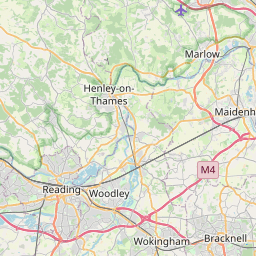Designer Aluminium Precursors for the Inkjet Printing of Electrical Circuits
Find Similar History 12 Claim Ownership Request Data Change Add FavouriteTitle
CoPED ID
Status
Value
Start Date
End Date
Description
Printed electronics are becoming integrated into every part of modern-day life, from light-emitting diodes, to solar cells and printed biosensors such as wearable electronics. The flexible electronics market alone is predicted to be valued at $74 billion by 2030. Whilst the technology already exists to manufacture large-scale flexible electronics, by way of the environmentally friendly, roll-to-roll industrial processes which employ inkjet printing, currently the metal inks that are employed have their limitations. The patterning of molten metals is incompatible with affordable flexible materials, including renewable eco-friendly plastics or paper, this mismatch is due to, in part, the high melting point of metals (often over a thousand degrees) and the deformation temperature of a range of plastic, paper or fabric materials being considerably lower (ca. 100 - 200 degrees Celcius). Current techniques used in the production of printed electronics are time consuming and expensive multi step-techniques that require the use of toxic chemicals. These state-of-the-art techniques require metal flakes/particles to be 'melted' together, resulting in contaminants between layers, which reduce overall conductivity of the metal.
An obvious solution to this problem is the use of specially designed inks, containing small molecules that can be printed into any desired pattern onto any material, and then be thermally 'activated' at low temperatures, in order to convert them to conductive metal. This project aims to design and synthesise new small molecules in order to improve the performance of existing printing technologies. These would provide a tuneable alternative to the current industrial nanoparticle inks based on silver or copper whose activation temperatures are too high for printing onto many materials. In addition, understanding how the structure of a small molecule can influence its ability to act as a precursor to the metal is challenging, and gaining insight will enable us to adjust thermal activation temperatures, such that after printing, it can yield highly conductive metal.
Aluminium metal is earth abundant, boasts conductivity comparable to silver and copper and yet has never been used industrially to inkjet print conductive tracks. This is because suitable precursors do not exist, despite the rich field of synthetic aluminium chemistry. To overcome this problem, we propose to adapt our small molecule design to be better compatible with modern lower temperature deposition techniques. To reap the benefits of using printing techniques for device fabrication inks that will transform at low temperatures (affording compatibility with low cost flexible materials) will be produced. This project will create a library of novel highly performing inks from aluminium which can be printed and sintered in air on low cost flexible materials for incorporation into electronic devices.
The aim of this project is to develop new small molecules containing aluminium, formulate these into metal inks and subsequently print highly conductive metal features onto low cost flexible materials for use in electronic devices.
| University College London | LEAD_ORG |
| Johnson Matthey (United Kingdom) | PP_ORG |
| Caroline Knapp | PI_PER |
Subjects by relevance
- Printed electronics
- Metals
- Printing technology
- Printing methods
- Ink-jet printing
- 3D printing
- Electronics
- Recycling
- Printing inks
- Aluminium
- Circuit boards
- Nanoparticles
- Environmental technology
- Integration (passive)
Extracted key phrases
- Designer Aluminium Precursors
- Low cost flexible material
- Modern low temperature deposition technique
- Inkjet print conductive track
- Flexible electronic market
- Electrical Circuits
- Inkjet Printing
- Metal ink
- Conductive metal feature
- Affordable flexible material
- Electronic device
- Aluminium metal
- Wearable electronic
- Molten metal
- Small molecule design
Related Pages
UK Project Locations




